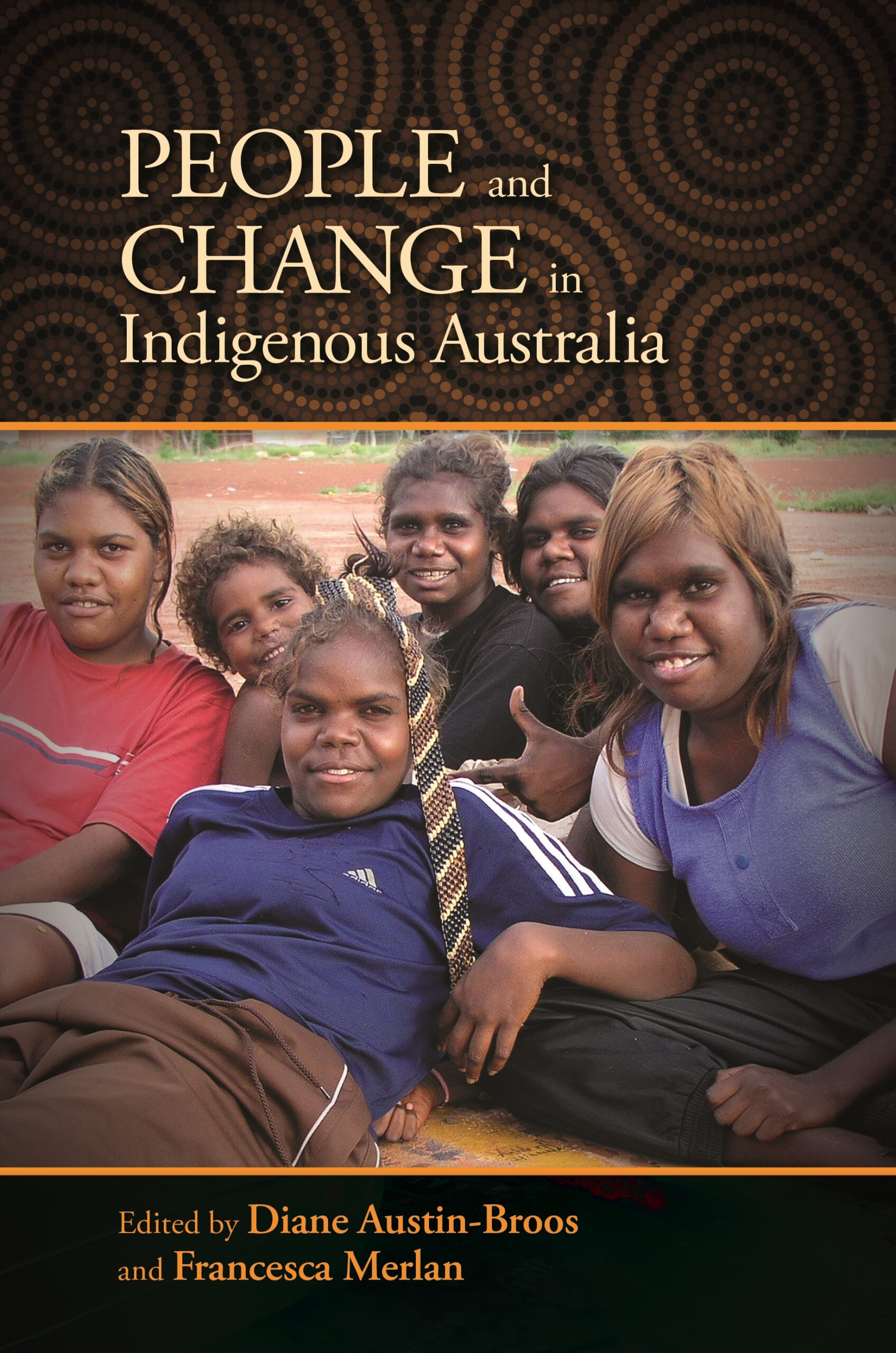People and Change in Indigenous Australia
- About the Book
-
People and Change in Indigenous Australia arose from a conviction that more needs to be done in anthropology to give a fuller sense of the changing lives and circumstances of Australian indigenous communities and people. Much anthropological and public discussion remains embedded in traditionalizing views of indigenous people, and in accounts that seem to underline essential and apparently timeless difference. In this volume the editors and contributors assume that “the person” is socially defined and reconfigured as contexts change, both immediate and historical.
Essays in this collection are grounded in Australian locales commonly termed “remote.” These indigenous communities were largely established as residential concentrations by Australian governments, some first as missions, most in areas that many of the indigenous people involved consider their homelands. A number of these settlements were located in proximity to settler industries—pastoralism, market-gardening, and mining—locales that many non-indigenous Australians think of as the homes of the most traditional indigenous communities and people. The contributors discuss the changing circumstances of indigenous people who originate from such places, revealing a diversity of experiences and histories that involve major dynamics of disembedding from country and home locales, re-embedding in new contexts, and reconfigurations of relatedness.
The essays explore dimensions of change and continuity in childhood experience and socialization in a desert community; the influence of Christianity in fostering both individuation and relatedness in northeast Arnhem Land; the diaspora of Central Australian Warlpiri people to cities and the forms of life and livelihood they make there; adolescent experiences of schooling away from home communities; youth in kin-based heavy metal gangs configuring new identities, and indigenous people of southeast Australia reflecting on whether an “Aboriginal way” can be sustained.
By taking a step toward understanding the relation between changing circumstances and changing lives of indigenous Australians, the volume provides a sense of the quality and feel of those lives.
- About the Author(s)
-
Diane Austin-Broos, Editor
Diane Austin-Broos is professor emerita of anthropology at the University of Sydney.Francesca Merlan, Editor
Francesca Merlan is professor of anthropology at the Australian National University.
Contributors
- Diane Austin-Broos
- Francesca Merlan
- Paul Burke
- Yasmine Musharbash
- Ute
- Petronella Vaarzon-Morel
- Gaynor Macdonald
- John Mansfield
- Cameo Dalley
- Carolyn Schwarz
- Victoria K. Burbank
- Reviews and Endorsements
-
- This important collection brings together recent studies on indigenous Aboriginal Australian personhood, while reflecting on earlier studies that draw attention in different ways. The essays point to the disarticulation of relations of people to the land and to the rituals and cosmologies so central to earlier Aboriginal constructions of socio-personal identities; and equally importantly, they are concerned with changing ways of constructing kinship relations. A very useful review of previous works discussing Aboriginal constructions of person is in the editors’ detailed introduction.
—Nancy D. Munn, professor emerita of anthropology, The University of Chicago
- This important collection brings together recent studies on indigenous Aboriginal Australian personhood, while reflecting on earlier studies that draw attention in different ways. The essays point to the disarticulation of relations of people to the land and to the rituals and cosmologies so central to earlier Aboriginal constructions of socio-personal identities; and equally importantly, they are concerned with changing ways of constructing kinship relations. A very useful review of previous works discussing Aboriginal constructions of person is in the editors’ detailed introduction.
- Supporting Resources
-





